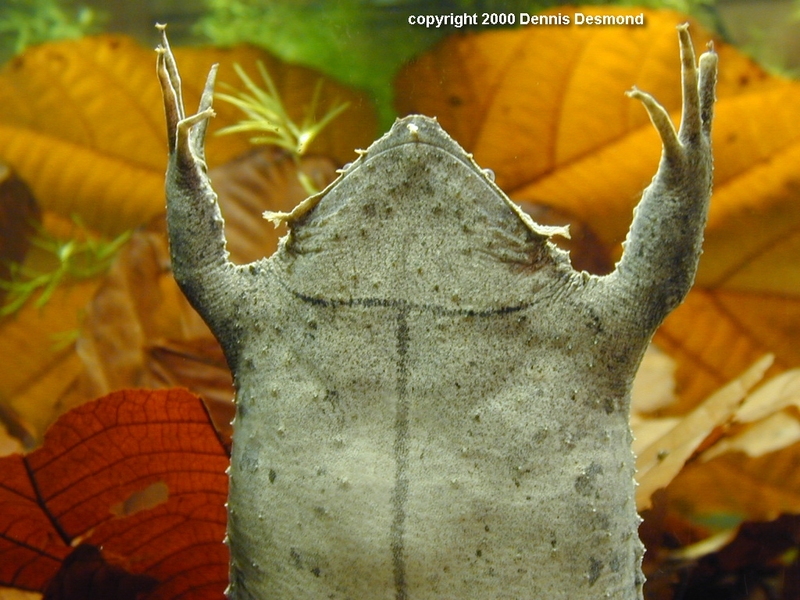|
| Query: Frog | Result: 2241st of 2273 | |
Surinam toad (Pipa pipa) <!--피파(수리남두꺼비)-->
| Subject: | Surinam toad (Pipa pipa)
| | Poster: | Dennis Desmond (VaHerper@bigfoot.com)
| |

| Resolution: 1024x768
File Size: 480222 Bytes
Upload Date: 2006:02:09 23:08:03
|
ERROR : Server Busy(-1105)
ERROR : Server Busy(-1105)
Surinam toad (Pipa pipa)
pipa_pipa01
The common Suriname toad or star-fingered toad (Pipa pipa) is a species of frog in the Pipidae family found in Bolivia, Brazil, Colombia, Ecuador, French Guiana, Guyana, Peru, Suriname, Trinidad and Tobago, and Venezuela.
|
Comments |
|---|
| | Guest |
|
Scientific Name: Pipa pipa (Linnaeus, 1758)
Common Names:
English – Common Surinam Toad, Star-fingered Toad
Spanish – Rana Tablacha, Rana Comun De Celdillas, Aparo, Sapo Chinelo, Sapo Chola, Sapo De Celdas
Synonyms: Pipa americana Laurenti, 1768 |
^o^
Animal Pictures Archive for smart phones
^o^
|
|
|